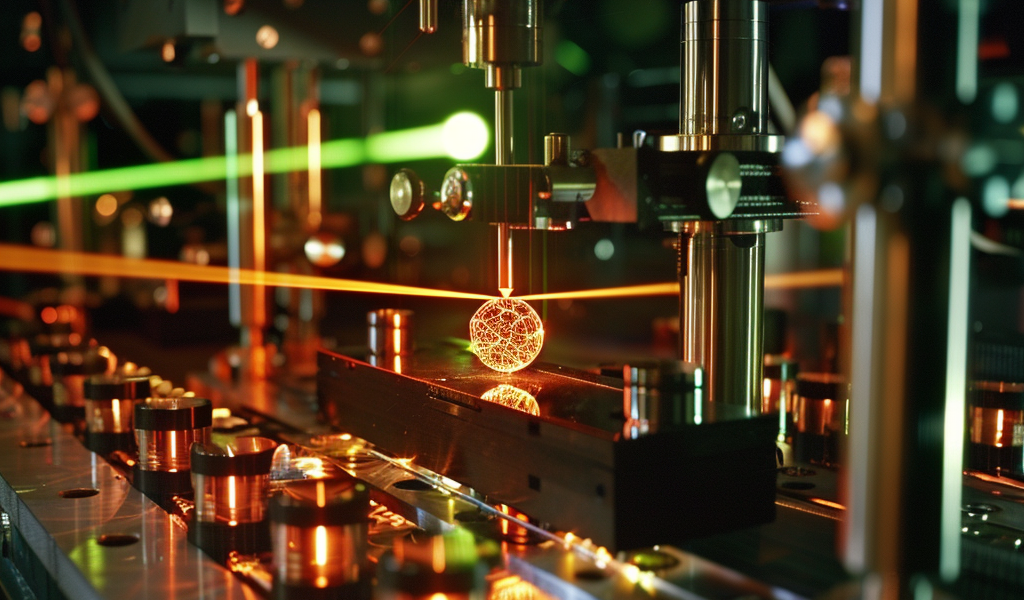Physicists have achieved a significant breakthrough in the field of nuclear physics with the successful excitation of the ‘thorium transition’ using lasers. This long-awaited development opens up possibilities for revolutionary high precision technologies, such as nuclear clocks, that could redefine the measurement of time.
For decades, scientists worldwide have been on the quest to unlock the potential of a specific state of thorium atomic nuclei, which holds the key to groundbreaking technological advancements. The ability to manipulate this state could lead to the creation of nuclear clocks capable of time measurement surpassing current atomic clocks. Moreover, it could provide insights into fundamental questions in physics, including the variability of natural constants across space and time.
The realization of this milestone marks the first successful excitation of the thorium transition, with its energy now precisely determined. Utilizing a laser, researchers were able to elevate an atomic nucleus to a higher energy state and accurately monitor its return to its original state. This achievement bridges the gap between classical quantum physics and nuclear physics, merging two seemingly disparate fields.
The key to this breakthrough lay in the development of specialized thorium-containing crystals. A collaborative effort led by Prof. Thorsten Schumm from TU Wien (Vienna) and a team from the National Metrology Institute Braunschweig (PTB) culminated in the publication of this achievement in the prestigious journal ‘Physical Review Letters’.
The ability to manipulate atomic nuclei quantum states using lasers represents a significant advancement in precision measurement techniques. By selecting the precise wavelength of the laser, atoms or molecules can be transitioned between states, enabling highly accurate energy measurements. This technique underpins various applications, including modern atomic clocks and chemical analysis methods. Additionally, lasers play a crucial role in quantum computing by facilitating information storage in atoms or molecules.
Despite the challenges posed by the higher energy requirements for manipulating atomic nuclei compared to electrons in atoms or molecules, this breakthrough demonstrates the feasibility of applying laser techniques to atomic nuclei. Prof. Thorsten Schumm emphasized the significance of this achievement, highlighting the potential to unlock new possibilities in the manipulation and study of atomic nuclei.





